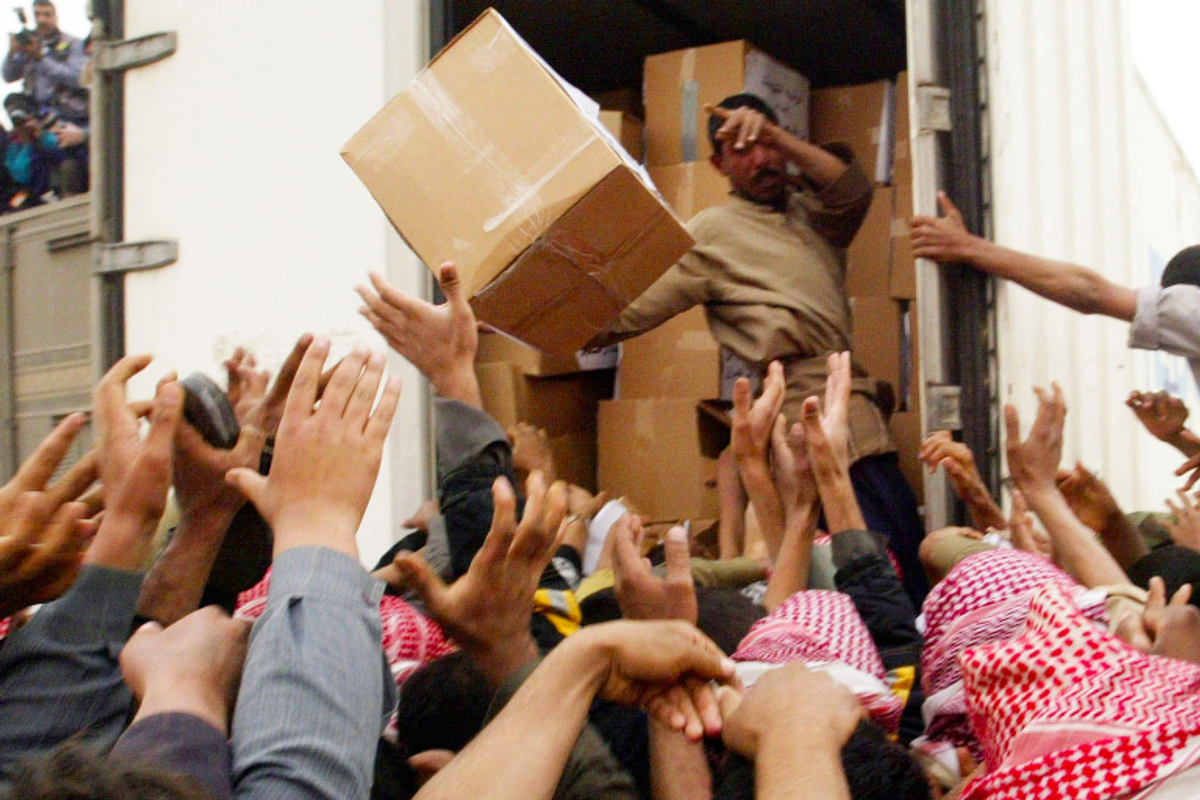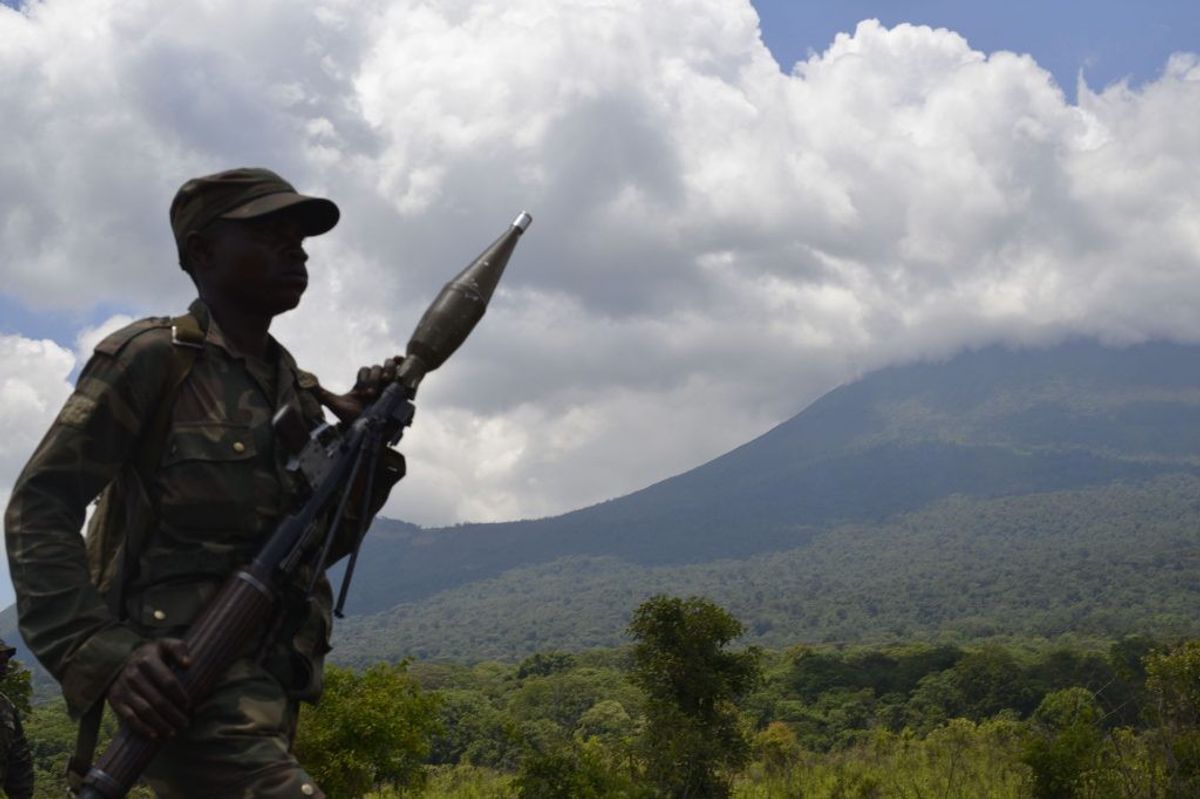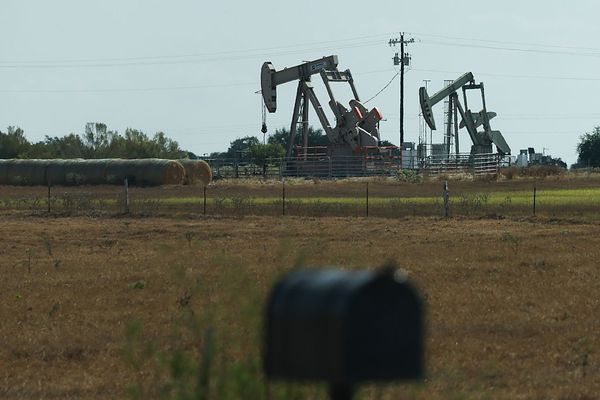For twelve years, the Fund for Peace has calculated and published the Fragile States Index (FSI), which measures state fragility around the world based on over 100 social, economic, and political-military indicators. The Cipher Brief spoke with J. J. Messner, Executive Director of the Fund for Peace, to learn more about the index and how it can be used as a tool by policymakers:
The Cipher Brief: Could you tell me a little bit about the Fragile States Index? What is its intended purpose, and how is it calculated?
J.J. Messner: The Fragile States Index (FSI), now in its twelfth year, is an index based on a conflict assessment framework that we developed at the Fund for Peace about 25 years ago. The object of the FSI is to measure 178 countries’ level of fragility. Using primary social, economic, and political/military indicators, we determine the level of pressure on a country in each of those areas, and from that, we then determine what the country’s level of fragility is. What makes the FSI different to other indices is that although we do include some quantitative data, we focus significantly on qualitative data.
Now that we’ve been producing the FSI for 12 years, we’re also able to determine trends over time. It’s very easy to look at the index and draw conclusions based on a country’s position in the ranking, however, now we’re able to add an extra dimension to that and demonstrate whether a country is improving or worsening over time. And because we separate the index out by indicators, we’re also able to determine with some level of accuracy in what specific areas that country is improving or worsening over time.
TCB: The FSI has 12 main indicators, and each one has somewhere in the realm of 14 sub-indicators. Which of these would you say are the most important indicators of a state’s fragility?
JM: In terms of indicators that have a greater bearing on a state’s performance—or perhaps as we would say a “canary in the coal mine”—there are two indicators in particular. One is state legitimacy, which is essentially the credibility with which the state is viewed by the population. That gets to things like credibility of elections and the manner in which the government operates.
The other indicator is group grievance, which is a social indicator that measures divisions in society—whether those divisions are religious, ethnic, national, or other sort of sectarian divisions—and specifically how those divisions are perhaps being manipulated for political gain.
Those two indicators do tend to have a closer correlation than do the others with a country’s overall performance, or indeed its future performance. One particularly good example of this is the United Kingdom. Once the Brexit vote (for the UK to leave the European Union) took place, we looked back at the UK and its performance over the past several years, and what we’ve determined is that on pretty much every indicator, the UK had been improving quite well, except for one indicator: group grievance. And that had been worsening for a number of years. I think that the manner in which racial and ethnic divisions were stirred up during the campaign for the Brexit referendum was really a manifestation of what we’ve been seeing for a number of years, which was growing group divisions within the country. If we had looked at the other indicators, we might not have seen much to worry about, but if we had thought to look at the group grievance indicator for the United Kingdom, I suspect that one could make the case it was sort of the “canary in the coal mine.”
TCB: Some other stability models and indices focus on very few variables, but the FSI comprises well over one hundred. What would you say are the merits and challenges of using so many indicators?
JM: Every index and its findings are going to be a result of the ingredients that are put into it in the first place. We’re looking at 178 countries, and there is very little homogeneity between those countries. Every country is its own unique flower, so it really is important to have as broad a spectrum of indicators and metric to capture a lot of the nuances that may be missed through a more, shall we say, monochromatic assessment of a country.
TCB: The 2016 FSI was released very recently. What were some of the important or surprising results of this year’s index?
JM: For an index that has been criticized for its focus on state fragility in less developed or conflict-ridden countries, the real takeaway this year was its focus on Europe and the fact that the refugee crisis in particular has been putting enormous pressure on various European countries. I think it’s worth outlining a bit of nuance here in that it’s not necessarily the refugee crisis itself that is creating the pressure; it’s the policy responses by government to that crisis that is actually creating the problems.
If you were to look at the most worsened country for 2016 year-on-year, it was Hungary. Hungary has worsened significantly over the last several years, partly due to the refugee crisis and the Orban government’s policy responses to it, but also due to its own internal issues: the increasing illiberalism within the country, suppression of civil society space and infringement on journalistic freedoms, and undue influence over the judiciary. The increasing authoritarianism of the Hungarian government is really being borne out as increased pressure on the country.
That was one of the key takeaways from the index this year—that the most worsened country was right in the heart of Europe. And I think that should be of significant concern particularly to policymakers in Europe, as the European Union is coming under increased pressure at the moment, not only due to those external factors, but also due to Brexit.
TCB: How has the Fragile States Index been used effectively by NGOs, governments, or other types of organizations? How do you think policymakers should be taking the index into account in their decisions?
JM: The index is used fairly widely by policymakers. In the U.S. government that includes State, USAID, and Defense. It is also used by foreign governments extensively, even to the point that countries have in the past formed parliamentary committees to review the findings and try to determine ways to improve their overall performance.
We believe the FSI is useful within public discourse because we are able to quantify a lot of aspects of a state’s performance that are, in many ways, really difficult to put a number on. From a policymaker’s perspective, it’s really a difference of belief that their country is improving or worsening in a particular way versus being able to take quantitative data that actually demonstrates that in a cold, calculated kind of way. It’s a very useful policy tool in that sense.
Looking at an index like the FSI is useful because it is somewhat dispassionate and removed from the news cycle. Particularly when it comes to foreign policy or various crises, certain countries can dominate the top of the news hour, and it can be very easy to fall into the trap of making policy based on what is grabbing the headlines.
But what the FSI is able to do, by being dispassionate and objective in the way it looks at indicators over time, is separate out events and crises away from the news cycle and look more at what we believe to be happening under the surface. While a crisis in Syria is news to nobody, goings-on in countries like the Central African Republic, Mali, or Senegal might not be at the top of the news cycle. It’s important that as much as we focus on crises such as Syria, we also recognize that there are frailties elsewhere in the world. If we don’t address those in time, they could very easily become the top of the hour news stories for reasons that none of us want.
TCB: Based on your work with the FSI and the Fund for Peace more generally, is there any advice you would give the next administration regarding peace and war and U.S. involvement overseas?
JM: From an American foreign policy perspective, it is important that America continue to recognize it has a very significant role in international relations—that a little bit of American influence can go a long way, and to really focus on America’s role in the world rather than any thought of pulling back. I think we recognize that in a globalized world such as this, isolationist policies don’t work, and that it is important not only for American interests but also for the world as a whole that the United States continue to play a constructive and leading role in helping to shape a more peaceful and prosperous international community.











